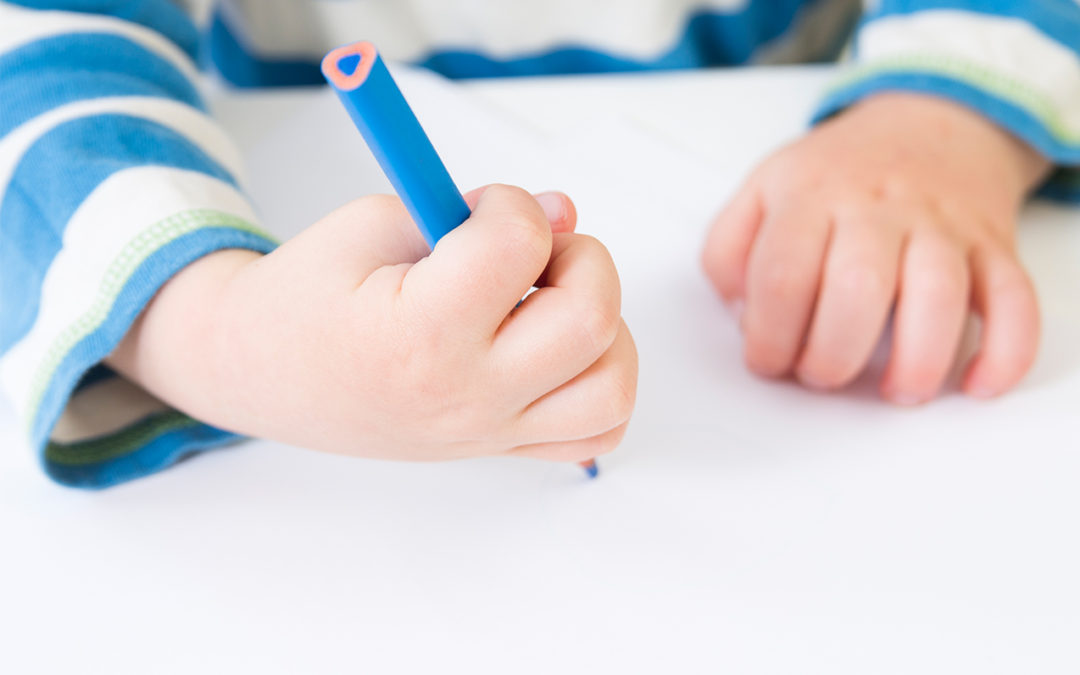
Dysgraphia is a specific learning disability that affects written expression. Dysgraphia can appear as difficulties with spelling, poor handwriting and trouble putting thoughts on paper. Many children have poor handwriting, but dysgraphia is more serious. There are several different kinds of dysgraphia. Some have handwriting that is often illegible and shows irregular and inconsistent letter formations. Others write legibly, but very slowly and/or very small. When these individuals revert to printing, as they often do, their writing is often a random mixture of upper- and lowercase letters. In all cases of dysgraphia, writing requires inordinate amounts of energy, stamina, and time. Dysgraphia can interfere with a student’s ability to express ideas, resulting in low classroom productivity, incomplete homework assignments, and difficulty in focusing attention.
Worried that your child might have Dysgraphia:
Treatments, we provide that can help your child and you: